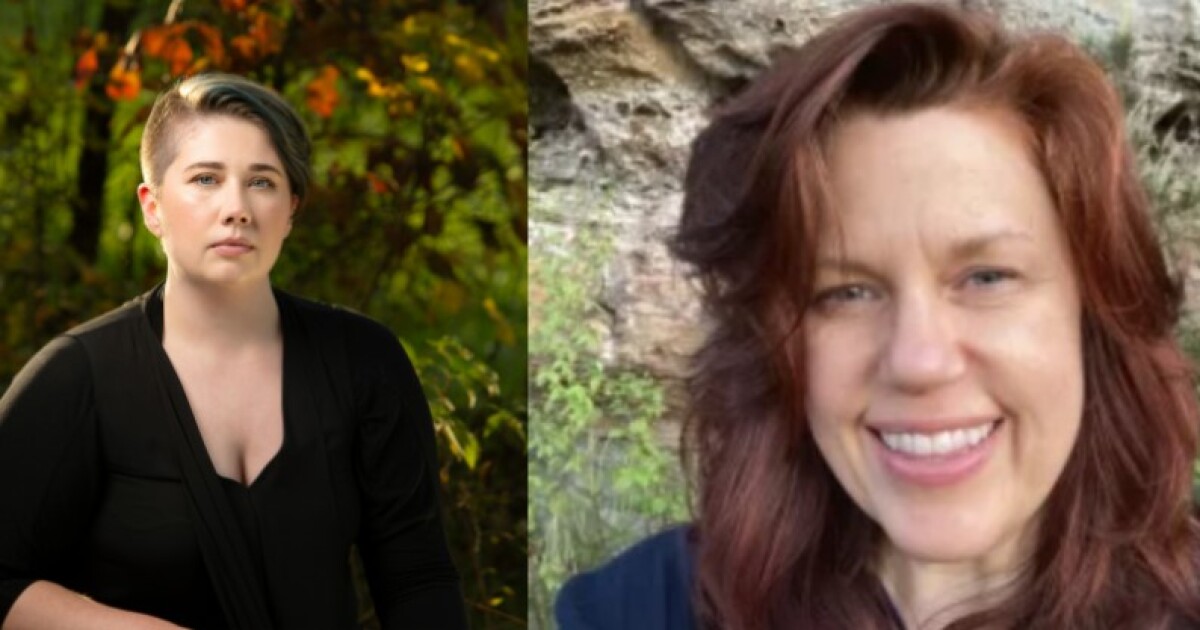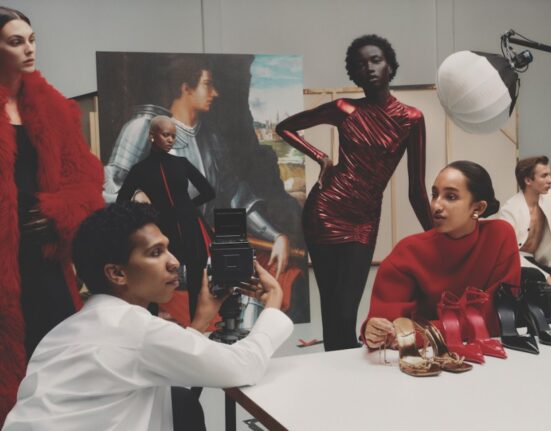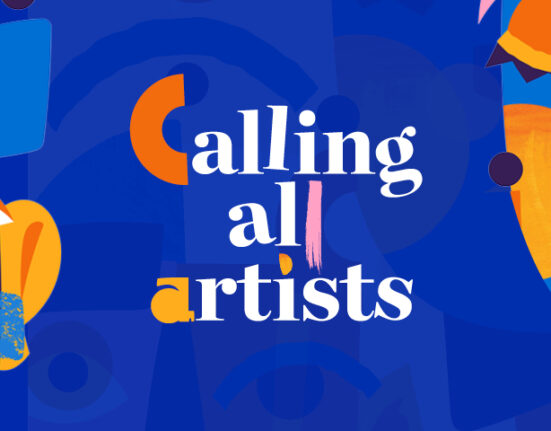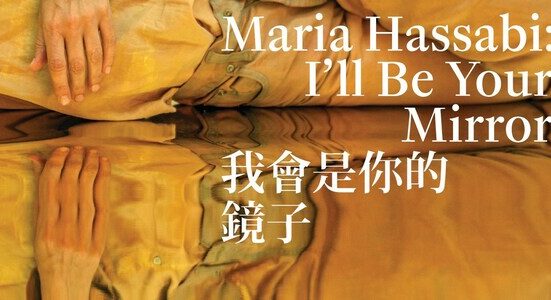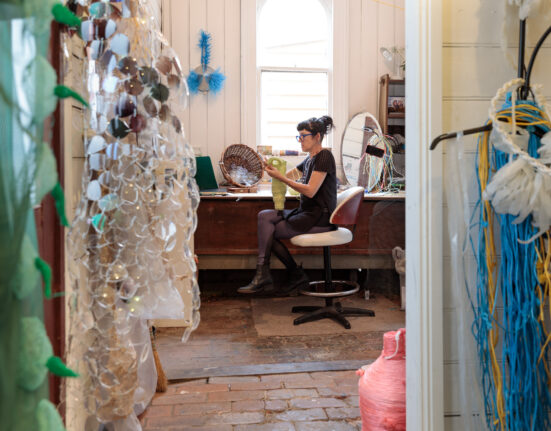Every year SouthArts awards people from its nine-state region with yearlong fellowships. That includes a $5,000 grant, an opportunity for a group showcase with other fellows and a chance to receive the Southern Prize, which garners the winner an additional $25,000 and a two-week residency at The Hambidge Center for the Creative Arts and Sciences.
Since 2019, the fellowship has rewarded visual arts across mediums, but this year SouthArts expanded the program to include a literary arts fellowship.
Robyn Moore is the Kentucky Visual Arts fellow. Based in Wellington, Moore works in photo media and is a professor at Morehead State University.
“For me it was sort of a Hail Mary because I knew there were so many talented artists but it’s just in my nature to keep trying no matter what,” Moore said. “I felt like I had the work this year. I had sort of enough work to put together a portfolio that I thought was competitive.”
Moore’s work centers on landscapes and the beauty of nature in areas like eastern Kentucky and Virginia, where she grew up.
“The great thing about being a landscape artist and using photography is that I’m able to sort of amplify and celebrate and hopefully reveal all these really beautiful attributes of this place, that I think a lot of times are taken for granted,” Moore said.
She wants to create works that expand what people conjure when they think of eastern Kentucky, like coal fields, poverty and what Moore called “iconography of despair.”
In her “Being the Land” collection, Moore photographed herself in eastern Kentucky landscapes while wrapped in a silver emergency blanket. She used a long-exposure lens to capture her movement under the blanket.
The resulting images have an ethereal quality.
“For me, each image becomes both an experiment in self-portraiture and evocation of the numerous other, more-than-human beings and forces that dwell there,” Moore said in her artist statement. “My hope is that such superimpositions challenge the idea of a strictly human identity through the blurring of boundaries between self and deep time other.”
She said the land around her calls for her to respond to the question, “How can we connect with the beings and forces in the land that remain unseen?”
“I am really fortunate to have landed here and been able to be one little small voice and sort of saying, ‘Look, this is an amazing place, it has amazing people,’” Moore explained. “And if I can reveal a little bit of that, I’ll be very happy.”
Showing eastern Kentucky and its community in a more complex light is a theme among the state’s fellows this year.
Ashley Blooms, the inaugural literary fellow, was raised in the Appalachian mountains.
They grew up in a storytelling family, though they don’t know if their mom, aunt and grandma would describe themselves that way.
“They didn’t tell written stories, but they were incredible oral storytellers,” Blooms said. “So I grew up surrounded by people who knew how to weave a tale.”
That ability was passed down to Blooms, who is working on their third novel. With this being SouthArts’ first year of the literary arts fellowship, Blooms wasn’t sure what to expect.
“The first thing that really caught my eye was that they explicitly said that they were accepting, like speculative fiction, very broadly, like all genres of speculative fiction, which is not something you see a ton of,” Blooms said.
They said that usually the worlds of literary and speculative fiction — which isn’t necessarily tethered to realism — are divided.
“My work tends to blend both of those worlds. And so seeing an organization like SouthArts, who were openly like, ‘Yes, this is also part of the literary arts,’ was really exciting for me and so it would be silly for me not to do it,” Blooms said.
Speculative fiction is integral to Blooms’ work. The forthcoming novel is set during the mid-1800s rise of Spiritualism and focuses on the concept of hauntings.
Otherworldly themes appear in some of Blooms’ other pieces as well. Folklore and myth are a large part of Appalachian culture.
“I have always thought of home as a very strange and magical place,” Blooms said. “It has always felt to me…that the line between sort of myth and reality is very thin, and often blurred entirely, which is part of the magic of it.”
Blooms’ and Moore’s work speak to the magically, otherworldly atmosphere found in eastern Kentucky. And they hope their art can show that to a larger audience.

